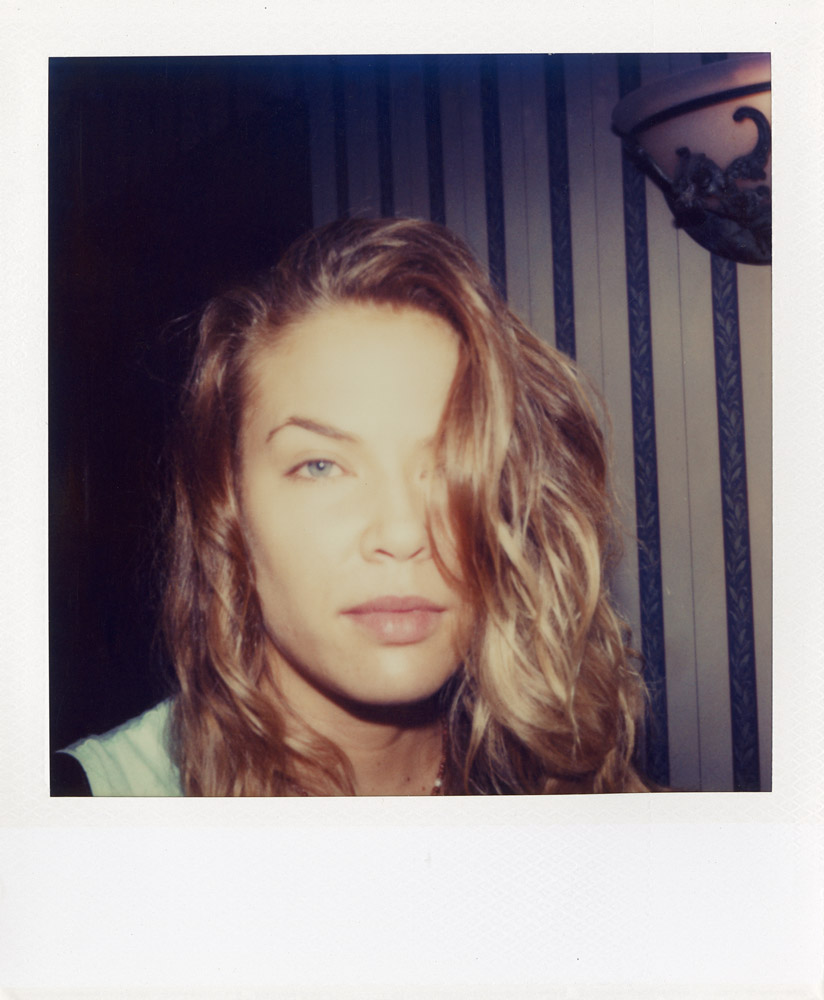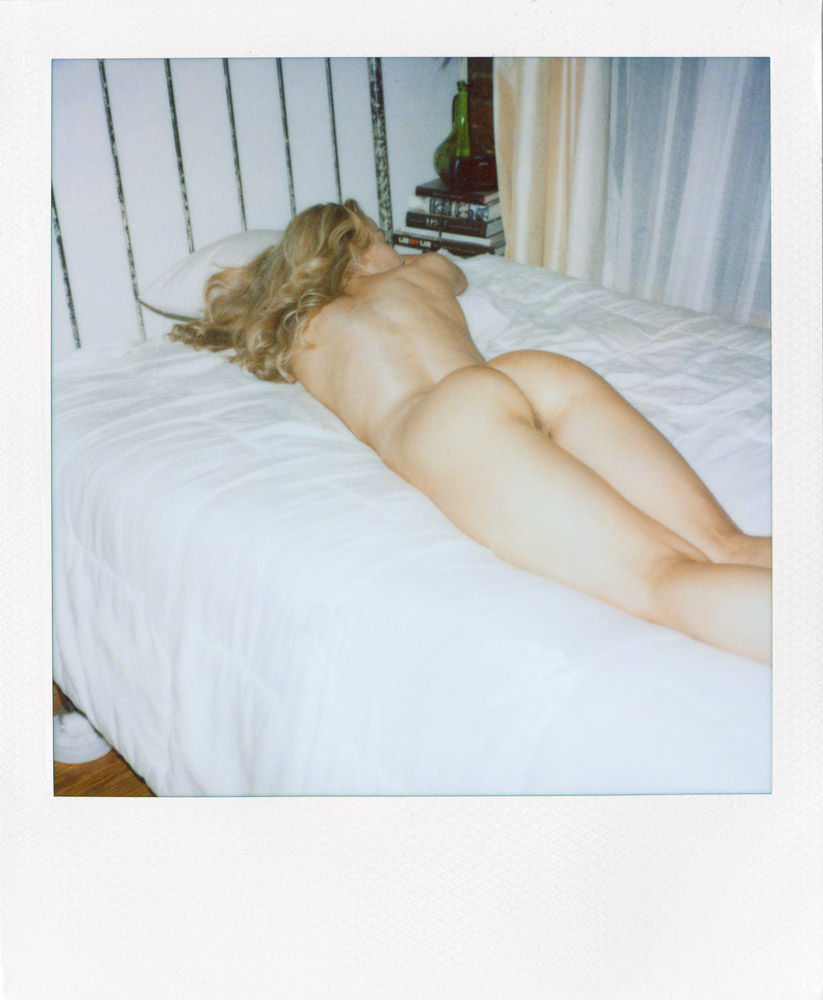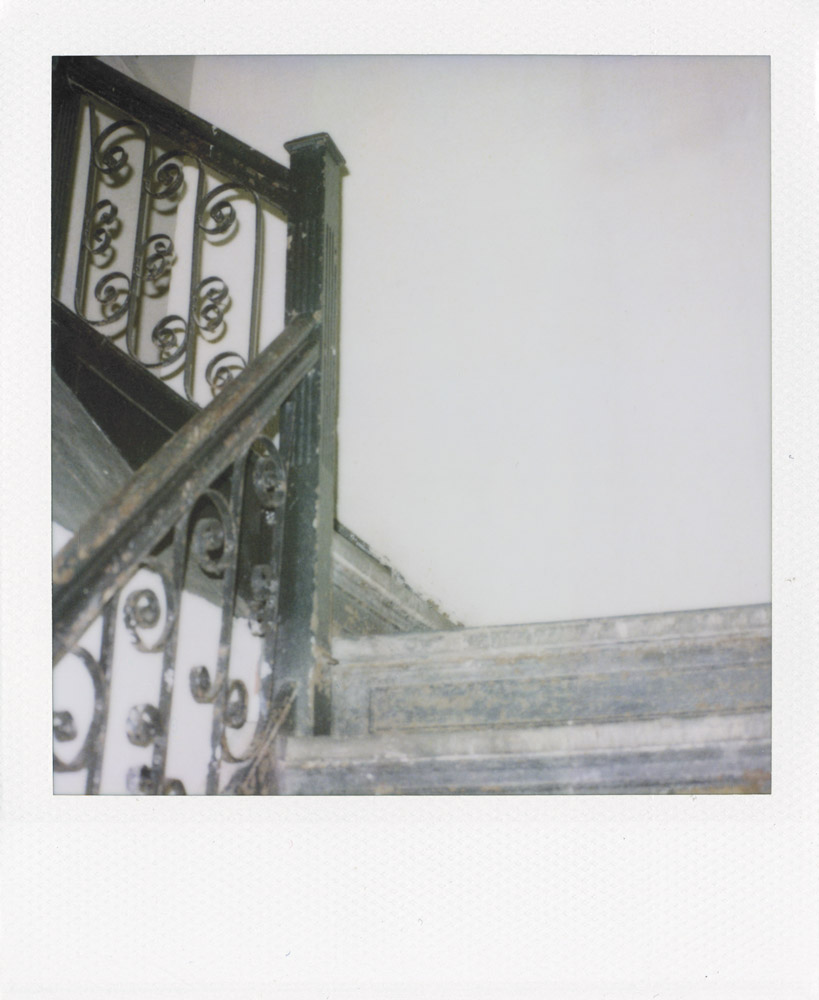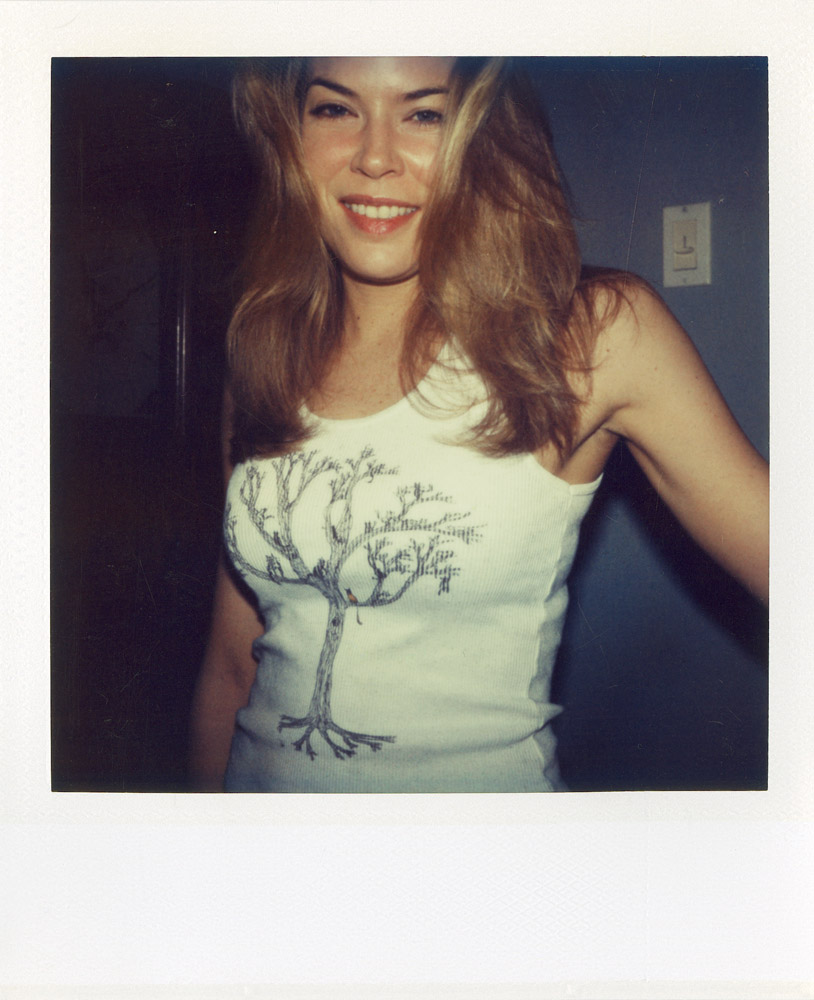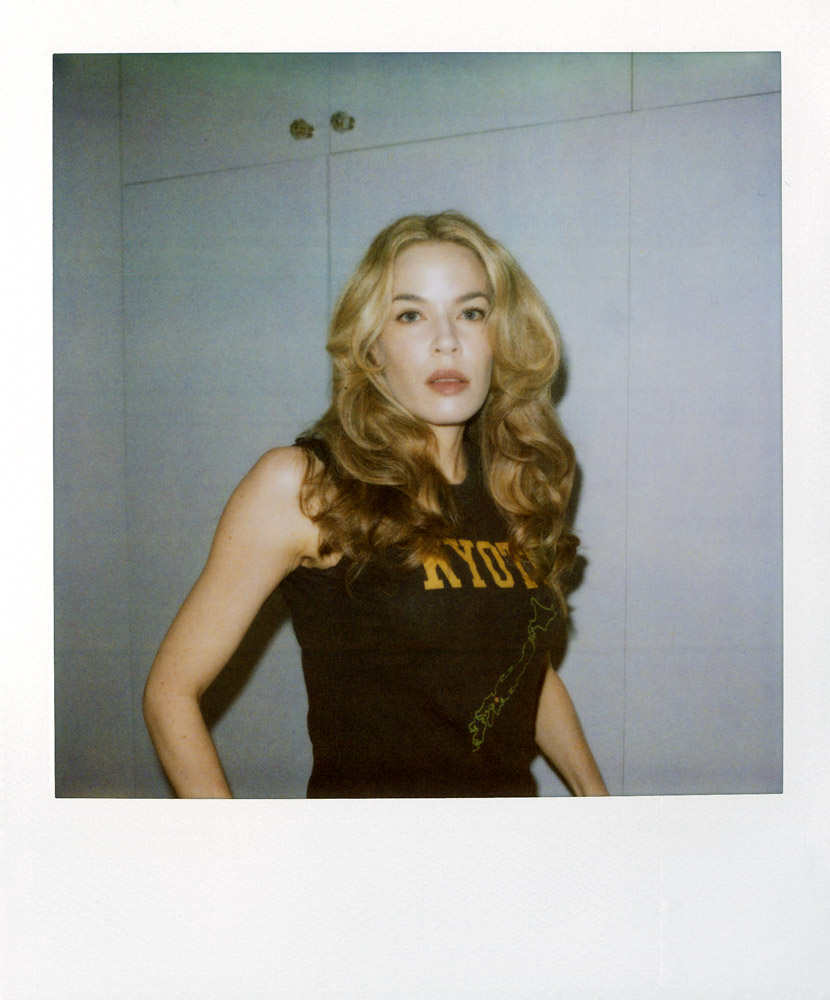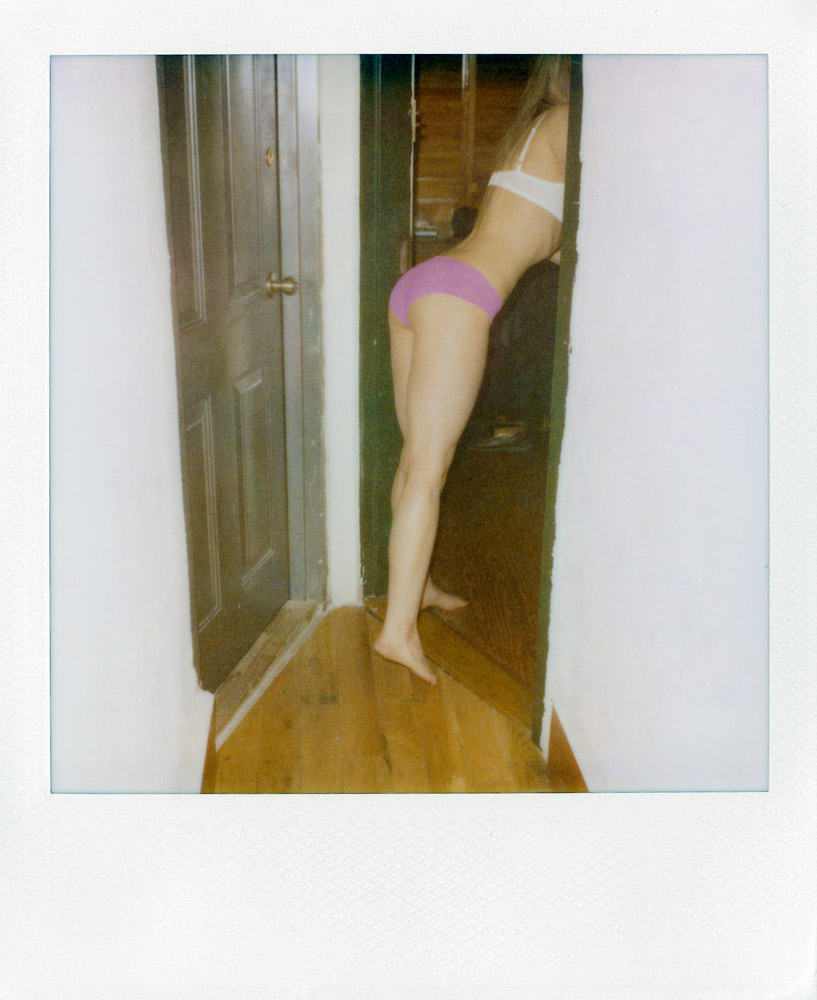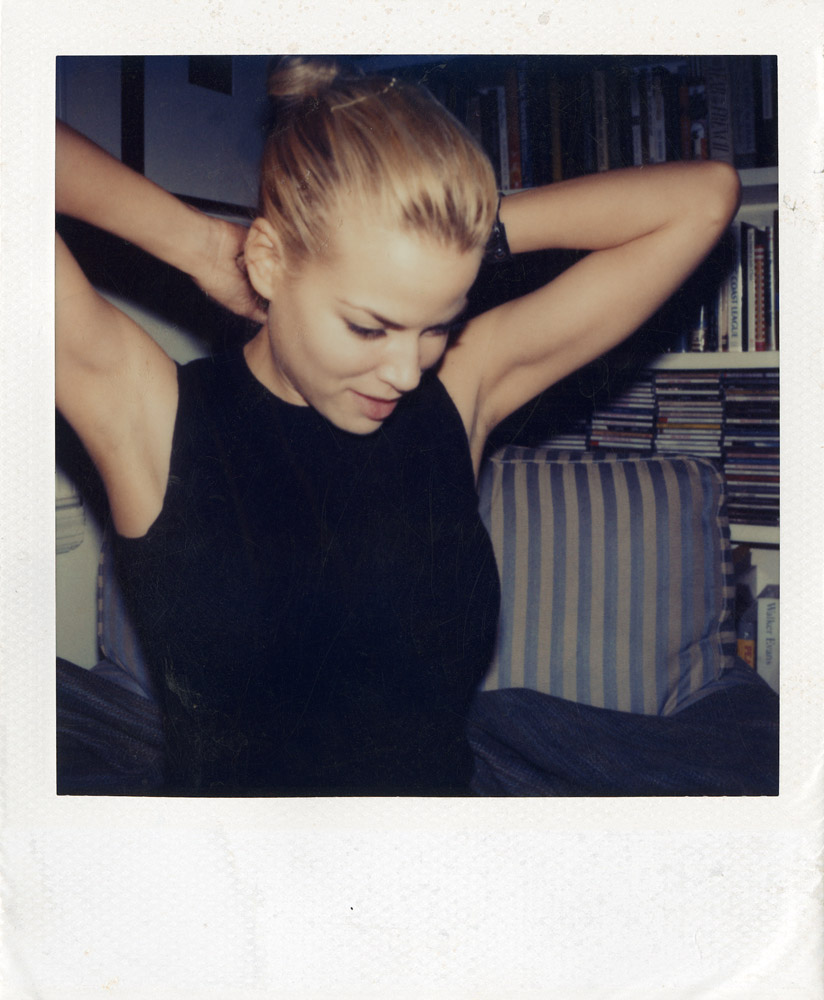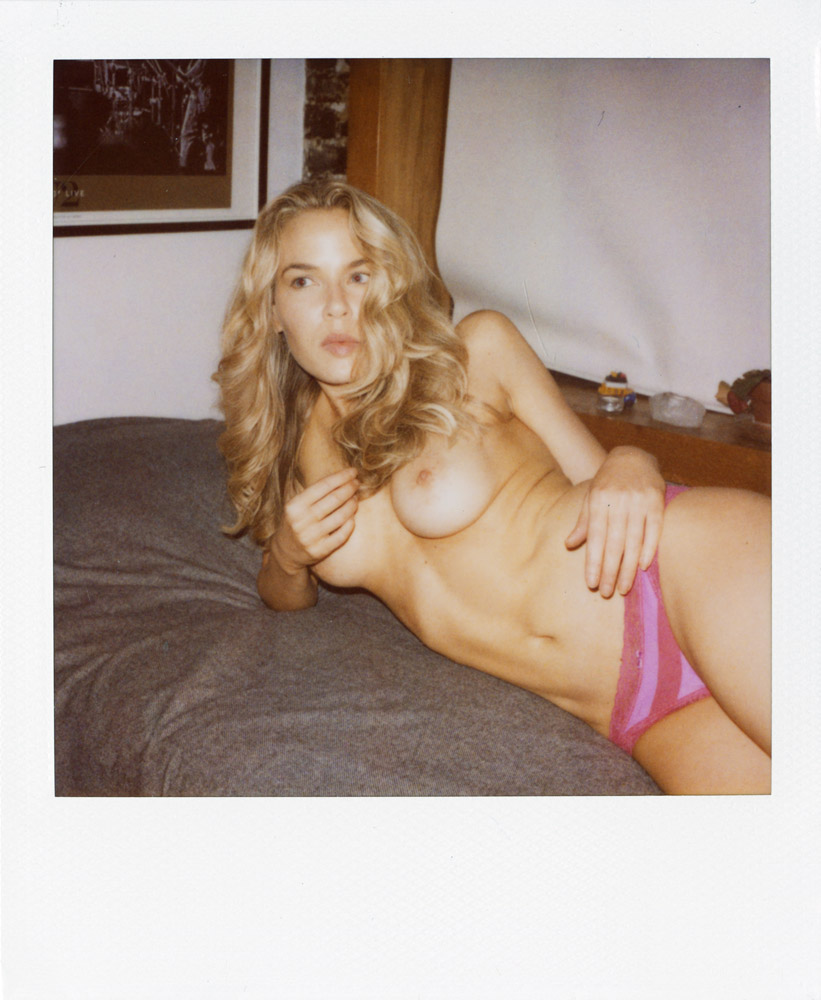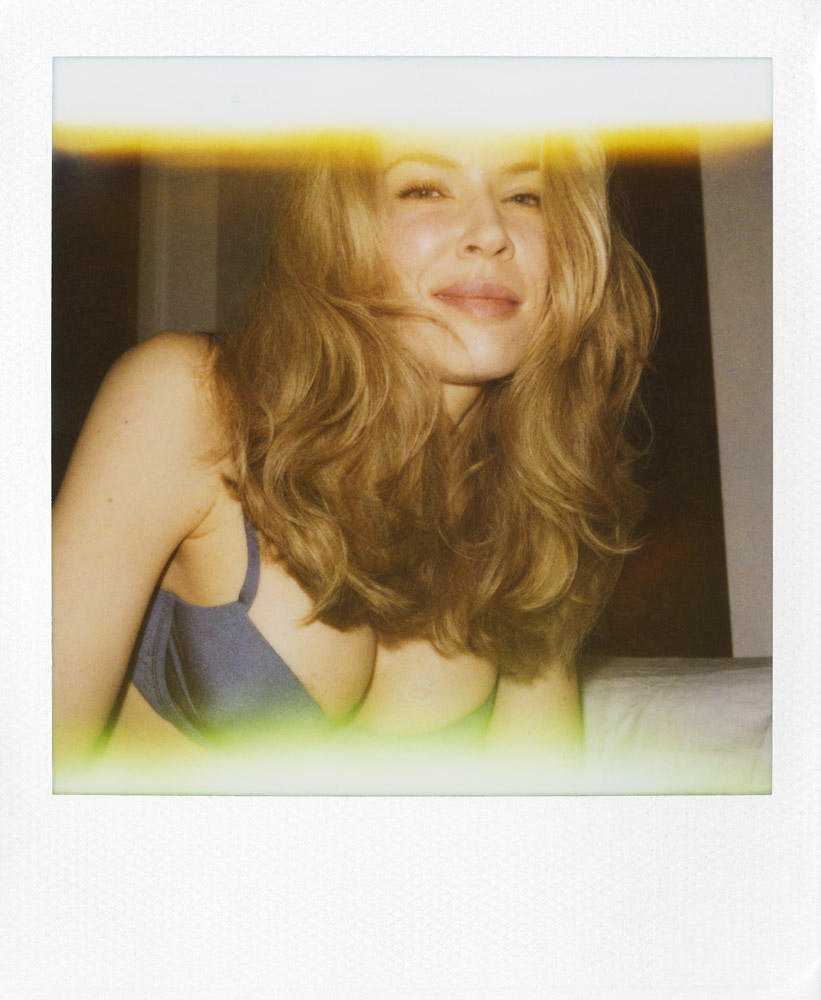Photography has a much more recent history than literature, a history far more influenced by the pace of change in technology, mass communication, and the inherent nature of a form that leaves behind physical artifacts of those changes; that being the case, the process of the development of the language of photography has been much accelerated.
By Tom Medwell, ASX, July 2015
It is said that history repeats itself; in the arts, movements and ideas move from discipline to discipline over time, and devices are rebuilt on newer foundations as technologies and movements progress. Archaism in literature has a long history; writers from Shakespeare (“O braggart vile, and damned furious wight!”) to Pynchon have found ways to pluck phrases from by-gone days and re-appropriate them, creating new stories from a mythical past hinted at by the language. Great writers use such devices in language to help evoke a sense of history outside the bounds of their text, whether it ever existed or not; it is less the reality of the use of language that builds the myth than the recognition that it is non-contemporaneous to their reader, and the more skillfully it is done, the more cohesive and therefore authentic the language appears.
Of course, photography has a much more recent history than literature, a history far more influenced by the pace of change in technology, mass communication, and the inherent nature of a form that leaves behind physical artifacts of those changes; that being the case, the process of the development of the language of photography has been much accelerated. In its most popular form, this has resulted in the profusion of Instagram filters and film-inspired styles that are available for almost every digital camera on the market (in archaism terms, the photographic equivalent of International Talk Like A Pirate Day) – referencing a history of film types and development processes that far surpass any that were ever widely available when celluloid was king. This makes the use of film a decision that takes into account more than just aesthetic concerns – it demands a nuanced acknowledgement of what photographs that appear shot on film signify in a wider context. Nothing looks more shot on film than Polaroid, borders visible and technique laid bare, and this is how Charles Johnstone has chosen to shoot The Girl In The Fifth Floor Walk-Up.
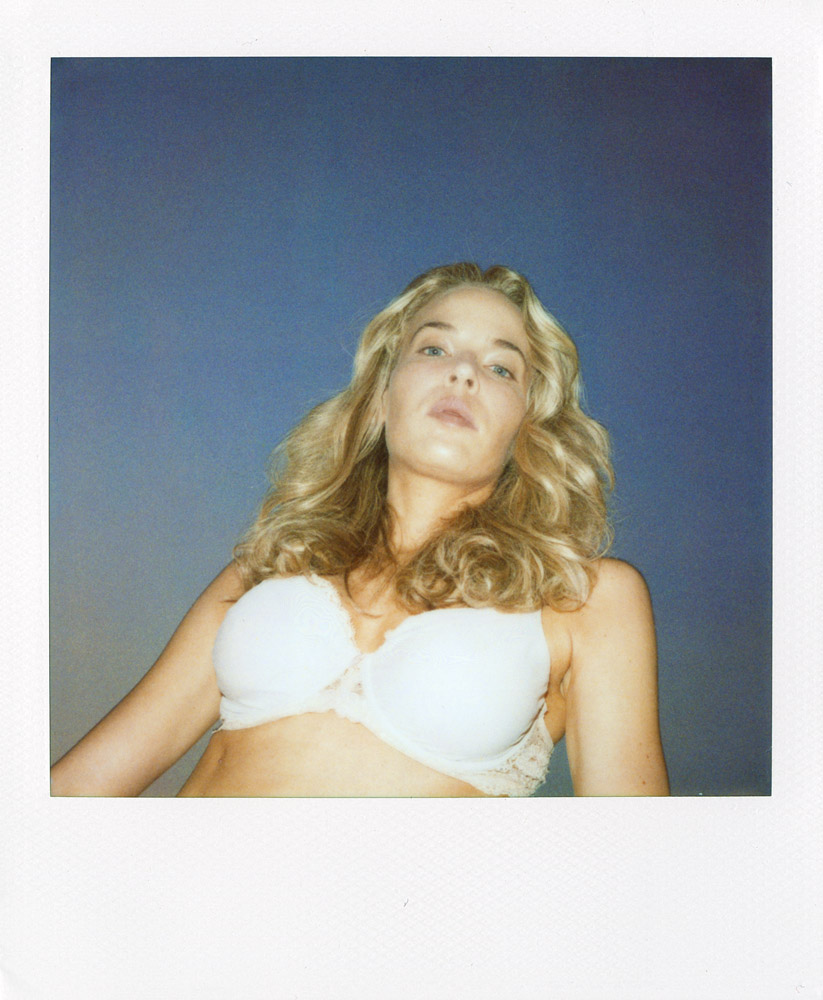
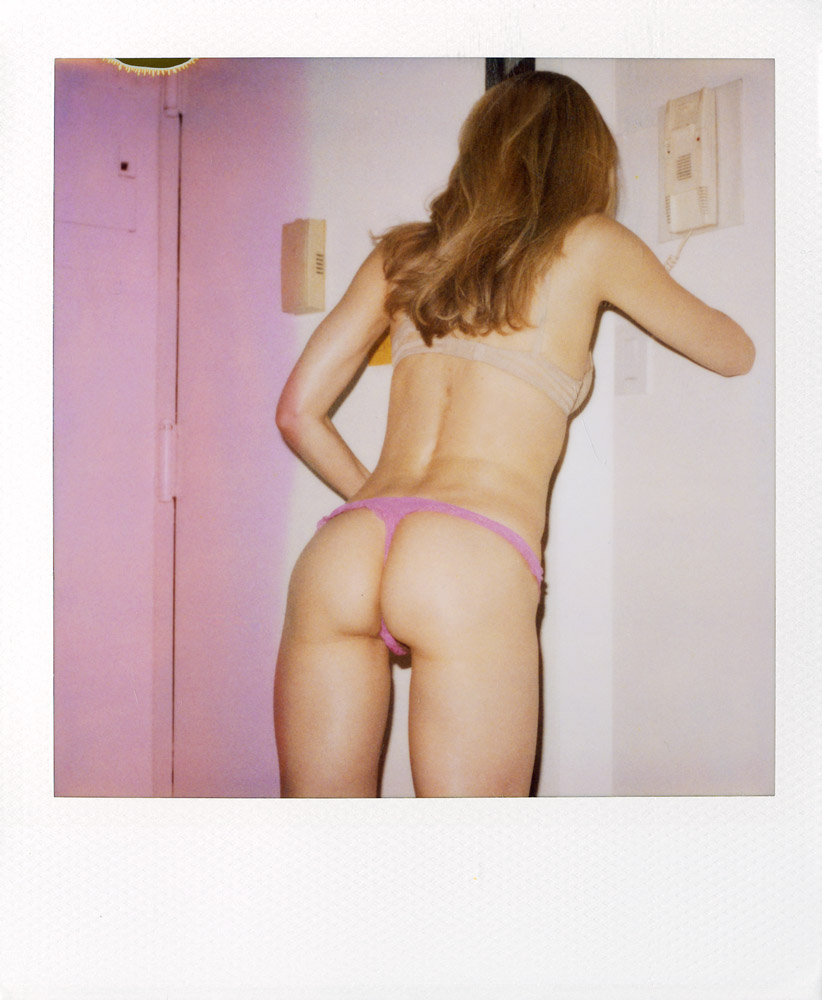
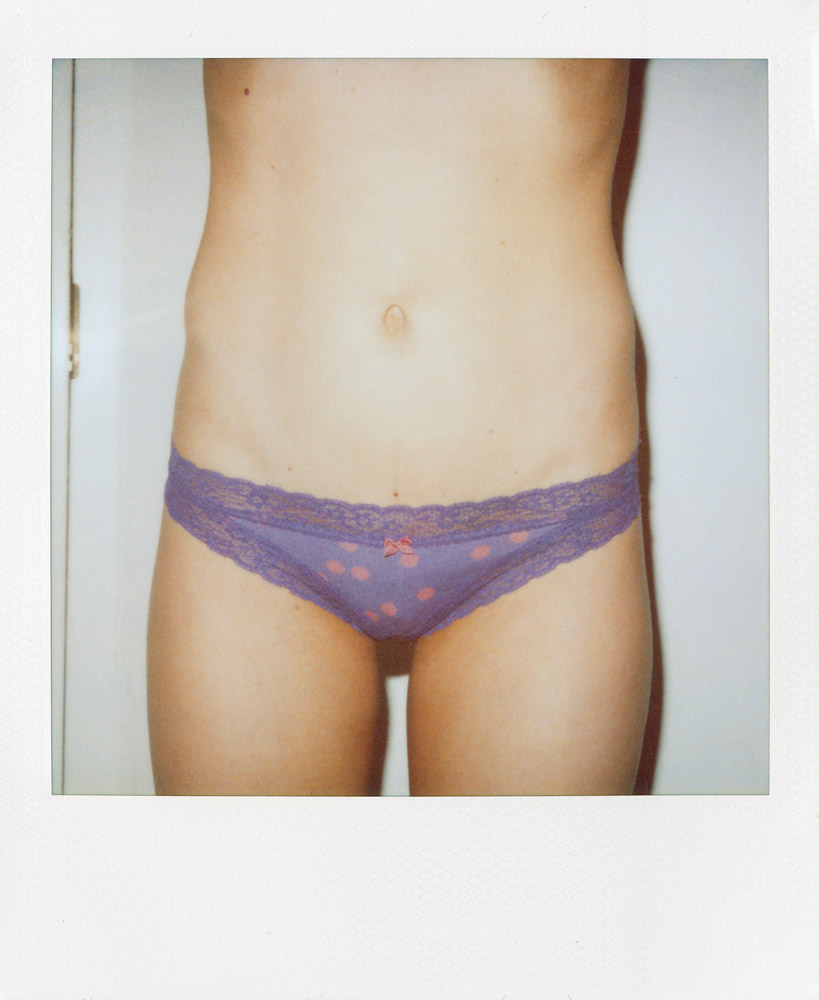
Two thirds of the way through the book there’s a Raymond Chandler quote, and then it all clicks: these photographs are like evidence – for blackmail, or documentation of a dirty weekend with a lover, or something found at a crime scene.
It is a beautifully printed and bound book; the inside cover has a diagram of the building, and the first image we see is of the subject of this series holding a polaroid in her hand – as far as openings go, focus is clearly drawn on both the technique used and the care taken over choosing it. The photography is intimate without being overly explicit; two thirds of the way through the book there’s a Raymond Chandler quote, and then it all clicks: these photographs are like evidence – for blackmail, or documentation of a dirty weekend with a lover, or something found at a crime scene. The model, Heather, has beautiful, Hollywood hair; the book becomes an insight into the secret lives of the rich and famous, or at least glamorous, the location and the model (comfortable looking into the camera, comfortable looking away) suggestive of a half-remembered age, and so, with this collection of Polaroid images, a mythical narrative backstory is created. Framed on the crisp white pages, and within the tactile covers, these pictures become a scrapbook, mementos of a private life, which though it may never have existed, fills the blank spaces between the photographs. It creates a contemporary archaism, myths of a time so recent that we can almost remember, and have no trouble at all imagining.
The Girl In The Fifth Floor Walk-Up
Sun Editions
(Text @ Tom Medwell. Images @ Charles Johnstone.)

